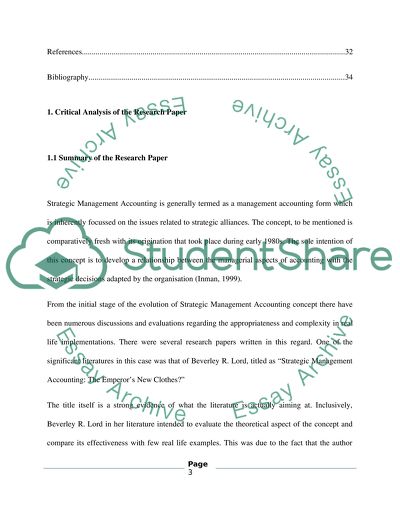Cite this document
(Analysis of Strategic Management Accounting: The Emperors New Clothes Term Paper, n.d.)
Analysis of Strategic Management Accounting: The Emperors New Clothes Term Paper. Retrieved from https://studentshare.org/finance-accounting/1574485-messoud
Analysis of Strategic Management Accounting: The Emperors New Clothes Term Paper. Retrieved from https://studentshare.org/finance-accounting/1574485-messoud
(Analysis of Strategic Management Accounting: The Emperors New Clothes Term Paper)
Analysis of Strategic Management Accounting: The Emperors New Clothes Term Paper. https://studentshare.org/finance-accounting/1574485-messoud.
Analysis of Strategic Management Accounting: The Emperors New Clothes Term Paper. https://studentshare.org/finance-accounting/1574485-messoud.
“Analysis of Strategic Management Accounting: The Emperors New Clothes Term Paper”, n.d. https://studentshare.org/finance-accounting/1574485-messoud.


